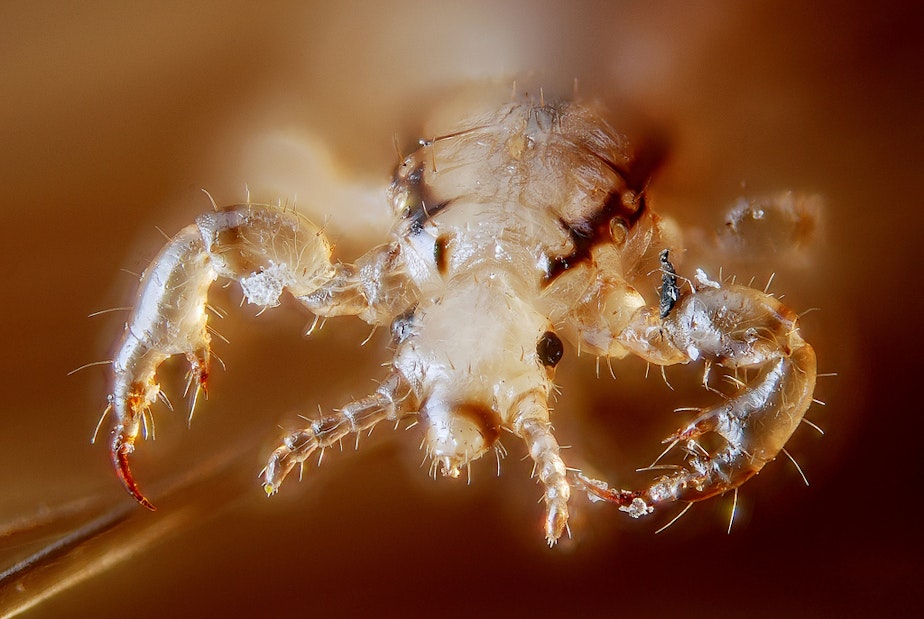It's Not Very Lice To Meet You

When kids in Seattle eventually go to school after the strike, they could find an unfriendly welcoming party: tougher lice.Washington is among at least 25 states where lice have become highly resistant to conventional treatments, according to a recent study.The good news: Lice aren’t really much of a health problem and schools are being urged not to ban kids from class just because of a stray nit (the louse’s egg). But there’s still that feeling you get when you talk about them …The problem is that genetic mutations are canceling the effects of pesticides that have been used to kill lice, said JoNel Aleccia, a Seattle Times reporter who wrote recently about the problem.“Basically they are just getting smarter at staying alive,” she said.In places where lice are resistant, the most commonly recommended products in stores may not kill them.“There are prescription lice treatments that are available through family doctors and they still seem to have effectiveness against these bugs,” Aleccia said.But experts say manually removing them by combing is most effective.Lice-removal services like Nancy Gordon’s Lice Knowing You have sprung up in recent years. She says she’s seeing more cases of lice but thinks that’s because school policies are more relaxed.Aleccia said that’s the case: It used to be that kids couldn’t come to school with even one nit in their hair.“Now they know it’s worse for kids to miss time in the classroom than it is for them to have a couple leftover nits,” Aleccia said.The American Academy of Pediatrics calls no-nit policies unjust and says most cases of head lice are acquired outside of school. The Centers for Disease Control also says that misdiagnosis of nits is common among people without special training.So how big a health concern are lice?“It’s not like some other bugs that actually spread disease,” Aleccia said. “It’s more of a nuisance and there’s always the oooh factor.”Photo credit: "Male human head louse," by Gilles San Martin on Flickr (CC BY SA 2.0)

